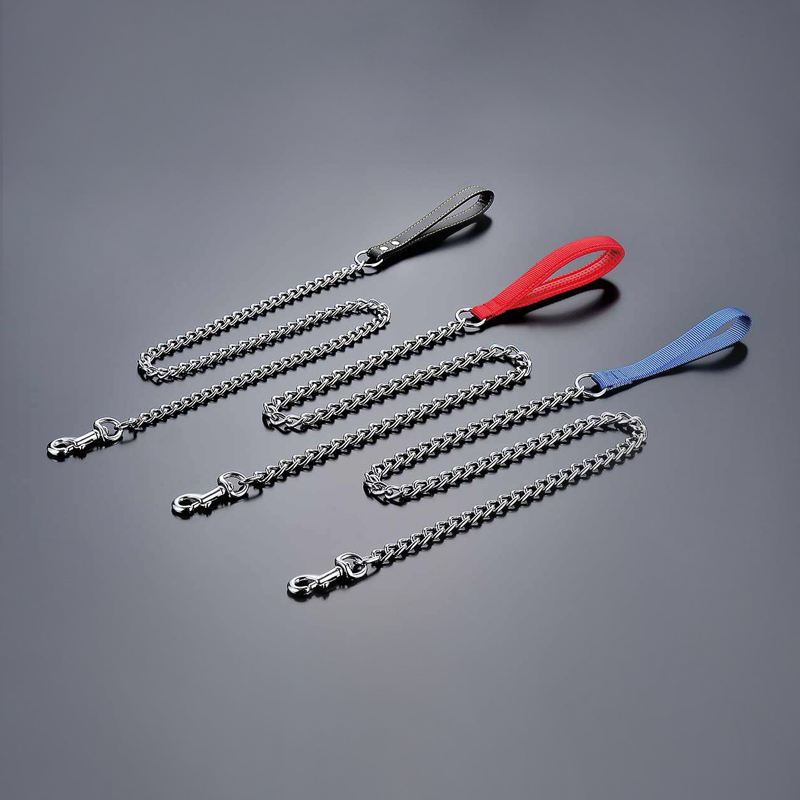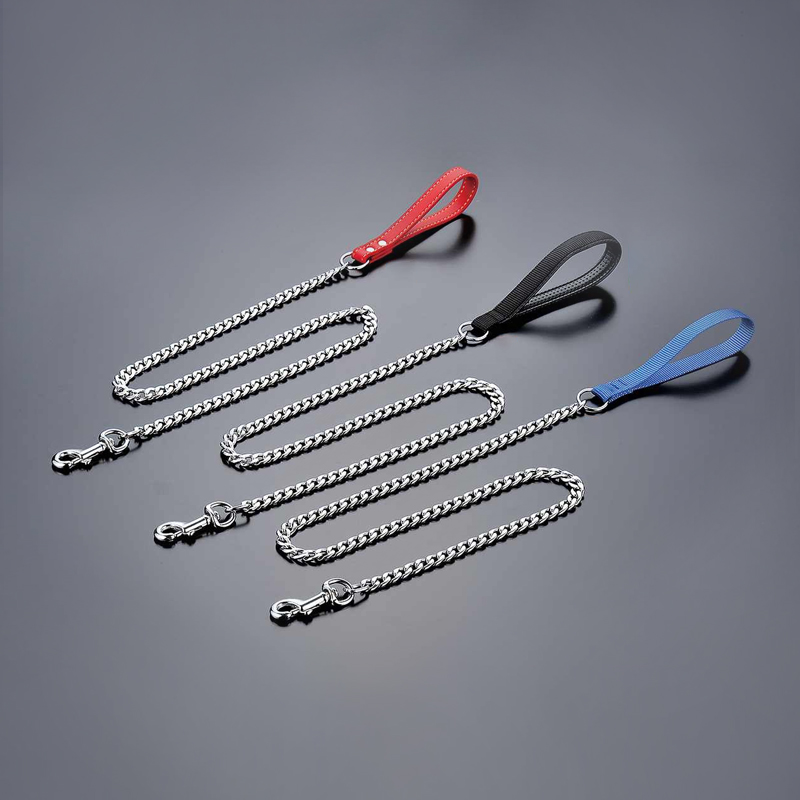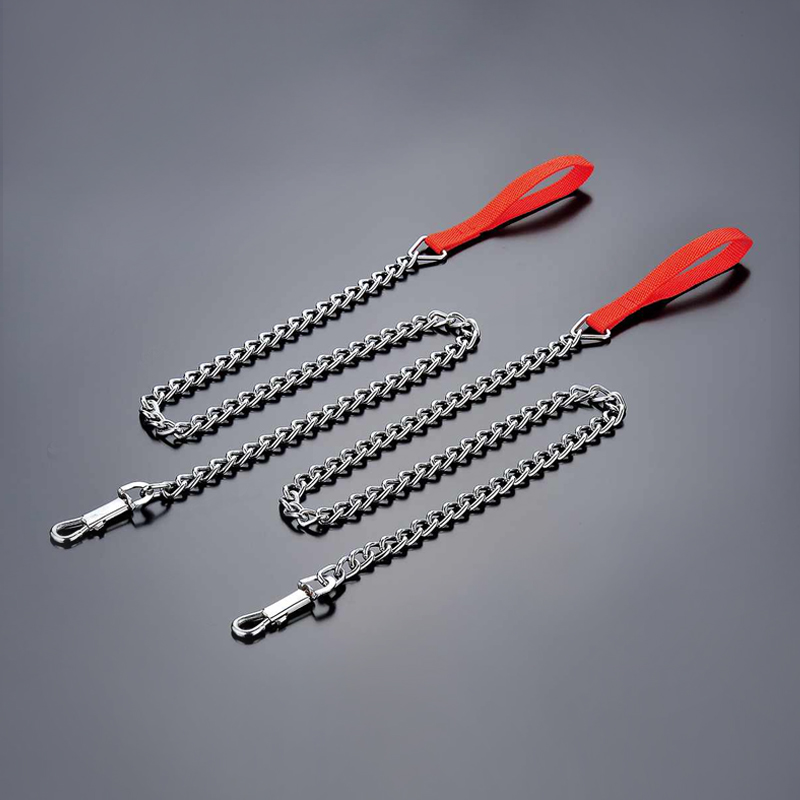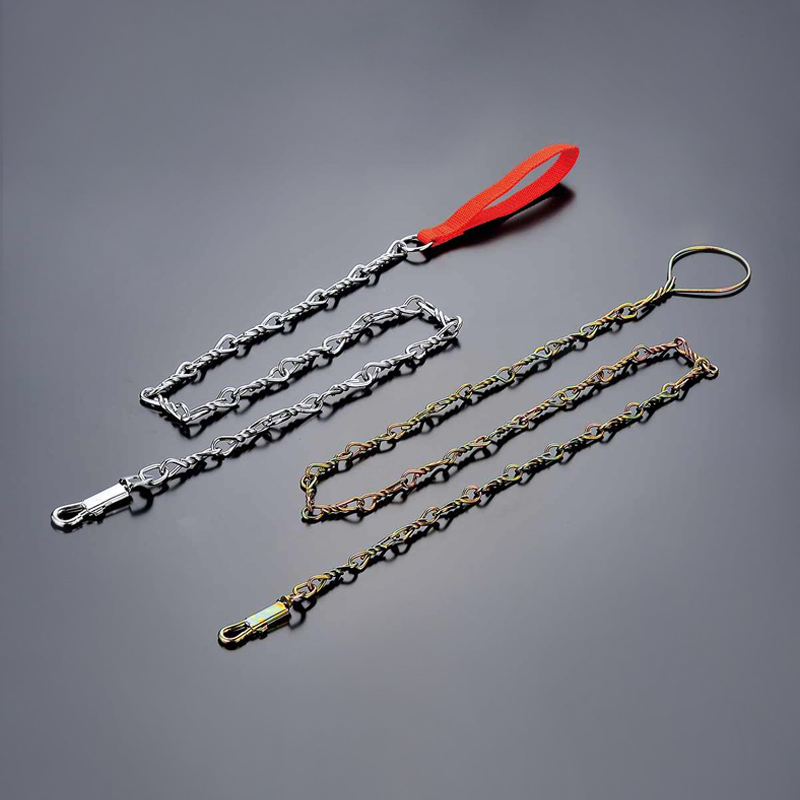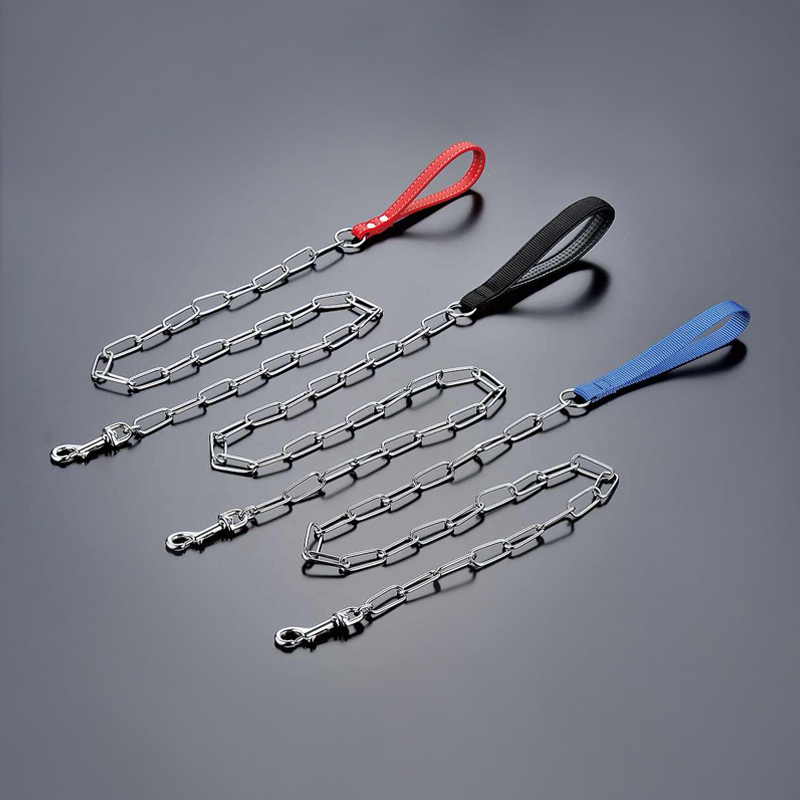2025-11-26
![]() Industry News
Industry News
 2025-05-02
2025-05-02
In an era where technology intersects with pet care, pet training collars have emerged as a transformative tool that is reshaping the pet accessory market. These devices, once viewed as basic tools for dog training, have evolved into sophisticated gadgets that serve a broad spectrum of purposes—from behavior modification and safety to biometric monitoring and interactive training. With innovation in this space accelerating rapidly, the industry now finds itself at the forefront of pet education and digital integration.
One of the significant changes in the pet training collar market is the integration of smart technology. Modern collars are now embedded with sensors and wireless connectivity modules that allow for real-time monitoring of a dog’s physiological and behavioral patterns. This connectivity enables pet owners to receive immediate feedback via mobile applications, making adjustments to training regimens more precise and effective. For instance, some collars can detect signs of anxiety or excessive barking, providing prompt corrective feedback or alerts to the owner. This integration of technology not only helps in training pets but also in maintaining their overall health, creating a win-win scenario for pet owners and trainers alike.
The market is witnessing a clear trend toward personalization and multi-functionality. Instead of one-size-fits-all products, manufacturers are developing training collars with customizable features tailored to the unique needs of different breeds and temperaments. Adjustable settings now allow for varying levels of stimulation—from gentle vibrations to audible cues and even controlled static corrections. Such customization ensures that the collar’s response is appropriate to a pet’s size, age, and temperament, minimizing discomfort while training efficiency. Pet enthusiasts are also provided with the option to personalize designs, selecting from a range of colors and materials that cater to both aesthetic preferences and durability requirements.
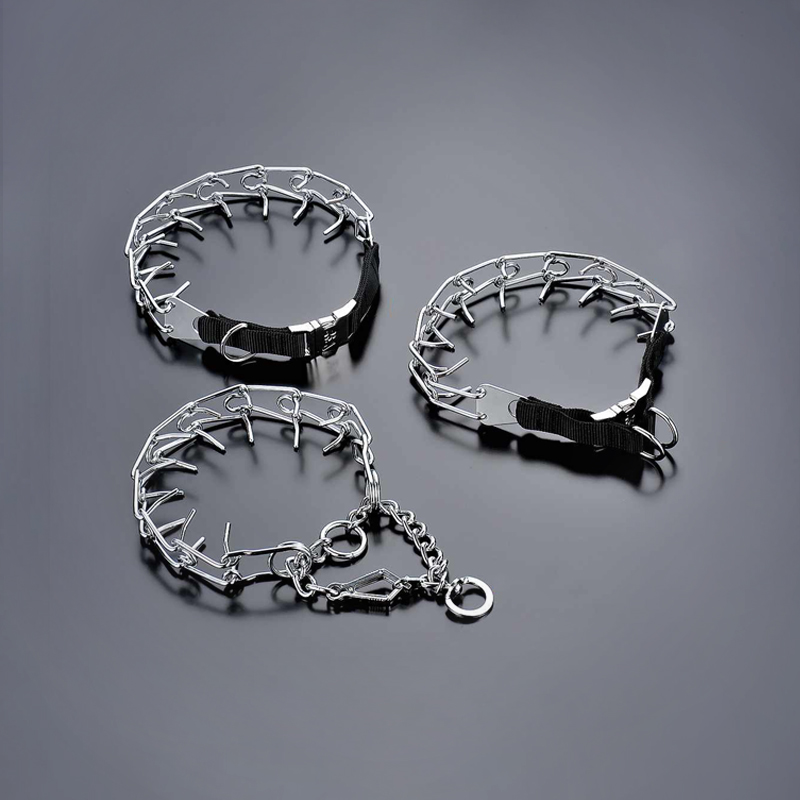
A driving factor behind the renewed focus on pet training collars is the increasing demand for humane and technology-driven training aids. Historically, training collars have sometimes been associated with aggressive correction methods, leaving a tarnished reputation among animal welfare advocates. However, current advancements emphasize ethical training practices that prioritize positive reinforcement and stress minimization. Several brands are now certified by animal behavior specialists and carry endorsements from veterinary associations. These certifications not only bolster consumer confidence but also help reposition training collars as essential tools for balanced pet education.
Sustainability is another critical factor influencing market evolution. As environmental concerns become more prevalent in every industry, pet accessory manufacturers are turning towards eco-friendly materials and production methods in the creation of training collars. Many companies now utilize recycled plastics, biodegradable composites, and sustainably sourced textiles in their production lines. These efforts are not only reducing the environmental footprint of these products but are also resonating with a large segment of eco-conscious consumers. Industry experts predict that as sustainability becomes a defining factor in consumer decision-making, environmentally friendly training collars will see even greater market share.
Another notable development is the integration of data analytics in pet training. The smart training collars often record a wide array of data—ranging from activity levels to environmental conditions—and compile this information in user-friendly formats that help pet owners track progress over time. This data-driven approach aids trainers in optimizing training schedules and strategies based on real performance metrics. Over time, large datasets gathered from these devices have the potential to contribute to broader research on pet behavior, facilitating a deeper understanding of canine psychology and improving the overall quality of pet training practices.
Retail trends indicate that high-end pet stores and digital platforms have significantly boosted the availability and visibility of these smart training collars. Exclusive collaborations between tech firms and established pet brands are now common, marrying software innovation with hardware design. Such partnerships are fueling an exciting wave of product development and market expansion. Moreover, early adopters of these technologically enhanced collars are increasingly sharing their success stories and training milestones on social media, further propelling consumer interest and establishing these products as indispensable in the modern pet care ecosystem.
![]() HOT PRODUCT
HOT PRODUCT

